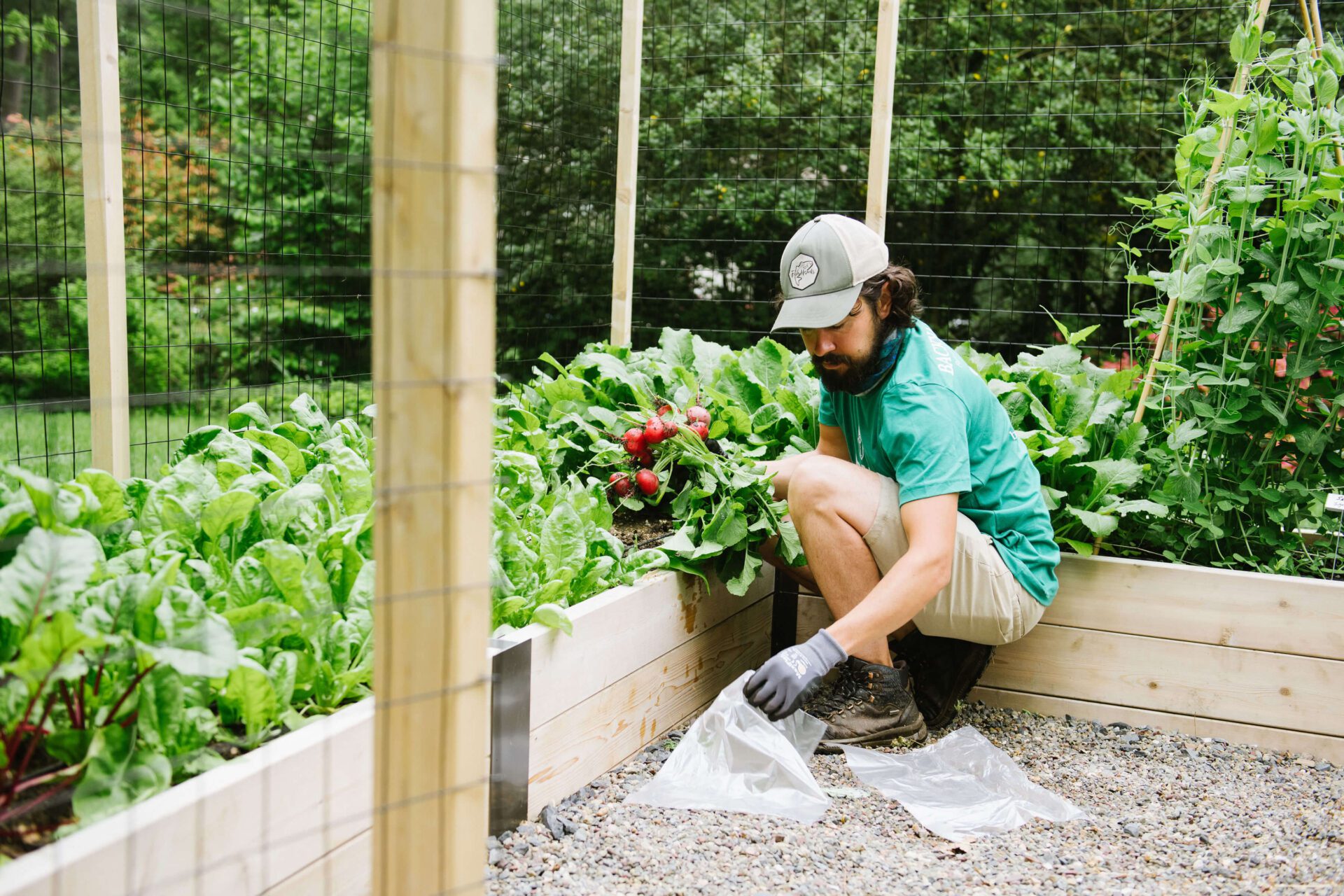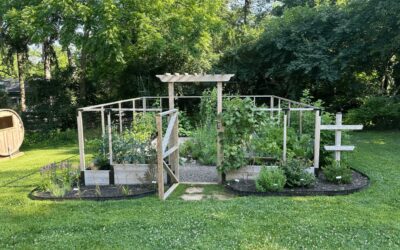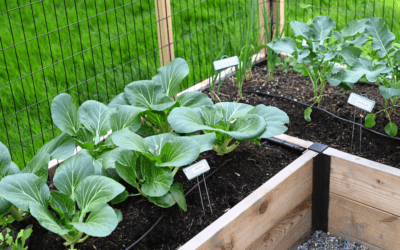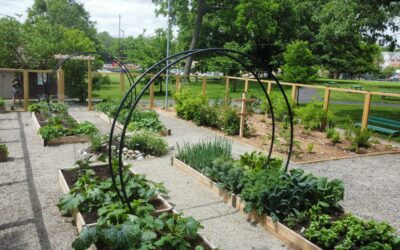First Frost: Making the Most of the End of the Season
As the nights get colder, the first frost signals a natural turning point in the garden. When temperatures dip to 32°F (0°C), tender plants begin to shut down. Knowing which crops are most affected — and what to do with them now — can help you make the most of your late-season harvest.

🌿 Basil and Other Tender Herbs
Basil is one of the first casualties of cold weather. Even light frost will blacken the leaves overnight, so once temperatures start dropping into the 30s, it’s time to harvest everything.
Use your bounty right away or preserve it for later:
• Make and freeze pesto in small containers.
• Blend leaves with olive oil and pour into ice cube trays for easy winter cooking.
• Dry bunches upside down or dehydrate for homemade seasoning.
Other tender herbs like cilantro and parsley can handle slightly cooler temps, but they’ll also fade quickly once frost arrives.
⸻
🍅 Fruiting Crops: Tomatoes, Peppers, and Eggplants
These heat-loving crops slow down long before frost actually hits. When nighttime temperatures consistently fall below 50°F, fruit stops ripening effectively.
Before frost:
• Pick all mature tomatoes, peppers, and eggplants.
• Gather green tomatoes and store them indoors in a warm, dry place — they’ll ripen slowly over a few weeks.
• Slightly underripe peppers will still develop flavor off the vine and can be chopped and frozen for later use.
Once frost arrives, remaining fruits will become soft or discolored within days — so don’t wait too long.
⸻
🎃 Squash and Other Late-Season Staples
Winter squash like butternut, acorn, and kabocha should be harvested before frost to prevent skin damage. Cure them in a warm, dry spot for about 10 days to toughen the skins, then store them in a cool, dry place. They’ll last for months.
Summer squash and zucchini, on the other hand, are done for the season once frost hits. Harvest any remaining fruits, even small ones, and consider grating and freezing for soups or baked goods.
⸻
🥬 Greens and Cool-Weather Crops
Not everything in the garden minds the chill. Kale, spinach, and chard actually become sweeter after a frost, as plants convert starches to sugars for natural protection. These can continue to be harvested well into late fall.
Lettuce and arugula are a bit more sensitive — they’ll tolerate a light frost but will wilt quickly after a hard freeze. Harvest as much as possible now for fresh salads or lightly sautéed dishes.
⸻
🧺 Using the Bulk of the Harvest
The first frost rush is also a perfect moment for bulk preserving.
• Turn extra tomatoes into sauce or roast and freeze them.
• Freeze chopped herbs and peppers for quick flavor boosters.
• Cook down greens and freeze in portions for soups and stews.
A little effort now keeps your garden flavors alive long after the frost has taken over.

Join Our Newsletter
Do you want to increase your confidence and knowledge as a gardener? Join our newsletter! In our newsletter we feature seasonal gardening updates, relevant harvesting advice, garden project inspiration and more. You can unsubscribe anytime.



